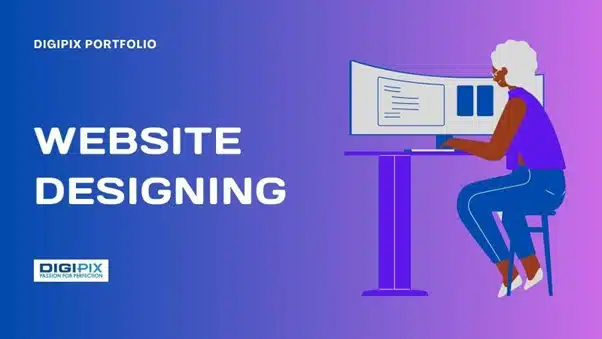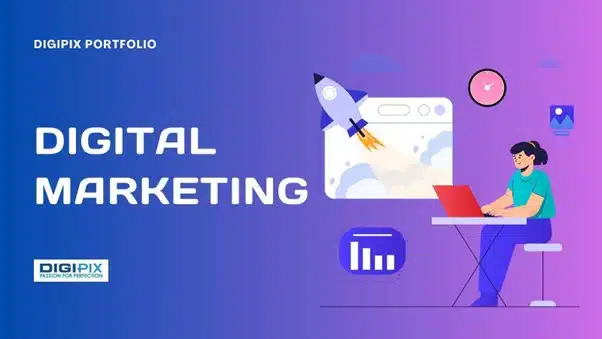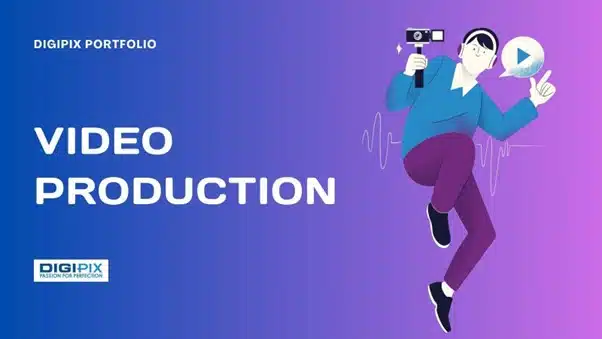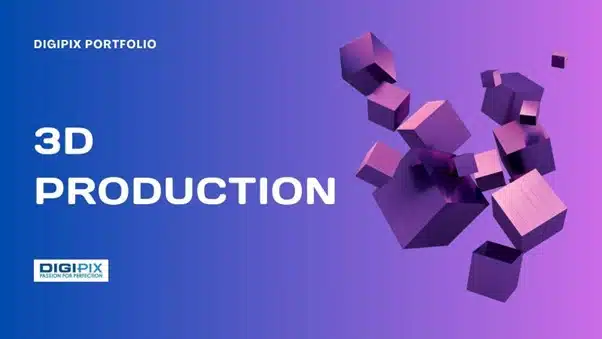BRINGING YOUR IDEAS TO LIFE
3D ANIMATION SERVICES
Request A Quote
Experience the Power of Storytelling with DigiPix
“Animation is not the art of drawings that move but the art of movements that are drawn.”
At DigiPix Inc., we specialize in creating immersive 3D animations that transform concepts into captivating visual narratives. Whether you are aiming to enhance your marketing campaigns, explain complex ideas, or bring architectural designs to life, our animations are crafted to resonate, engage, and leave a lasting impression. With our innovative approach and dedication to detail, your vision becomes a stunning reality. Here are just a handful of different ways our 3D animation services can be utilized:

Custom 3D Animation Design
Our team of skilled animators collaborates with you to create custom 3D animations that match your vision. From concept to final render, we focus on creating content that resonates with your target audience and aligns with your goals.
Architectural Walkthroughs
Transform your blueprints and 3D models into immersive animations that showcase your architectural designs in motion. Ideal for real estate presentations, client pitches, and marketing, our walkthroughs provide a realistic experience that static images simply can’t offer.
Product Animations
We enhance your product marketing with detailed 3D animations that highlight the features, functionality, and benefits of your offerings. Perfect for promotional videos, e-commerce, and more, our animations can make complex ideas easy to understand.
Animated Visual Effects (VFX)
Animated visual effects add flair and realism to your projects. Our VFX solutions are designed to blend seamlessly into your animations, bringing action-packed sequences, dynamic transitions, and eye-catching details to make your content stand out.
Educational and Training Animations
Our animators communicate intricate concepts clearly through engaging 3D educational and training animations. We simplify complex ideas and enhance learning experiences, making them ideal for e-learning modules, training sessions, and corporate presentations.


Why Choose Our 3D Animation Services?
At DigiPix Inc., we prioritize quality, creativity, and efficiency in every project. Our seasoned team of animators and designers leverage cutting-edge technology to create animations that meet and exceed industry standards. We understand that each project is unique, which is why we tailor our approach to make sure your final product lives up to your expectations.
OUR WORKING PROCESS

DESIGNING
Meet the creative minds who turn ideas into stunning visuals. Our designers blend innovation with artistry to make your brand shine and stand out.

CONTENT WRITING
Our content writers are nothing short of wordsmiths. They use their inner drive and motivation to create engaging content that can captivate your audience.

DEVELOPMENT
When it comes to coding and creating websites, our developers are the best in the industry. They create high-performing websites and apps, delivering quality results.
Portfolio
Reviews
500+
Satisfied Customers
Your journey to digital success starts with our clients' stories.

Thanks to DigiPix, we showcased our new architectural project with a stunning animated walkthrough. The client’s reaction was amazing, and we secured the deal quickly.

DigiPix’s 3D animations were exactly what we needed to elevate our marketing campaign. The detail and creativity they brought to the project were exceptional.





